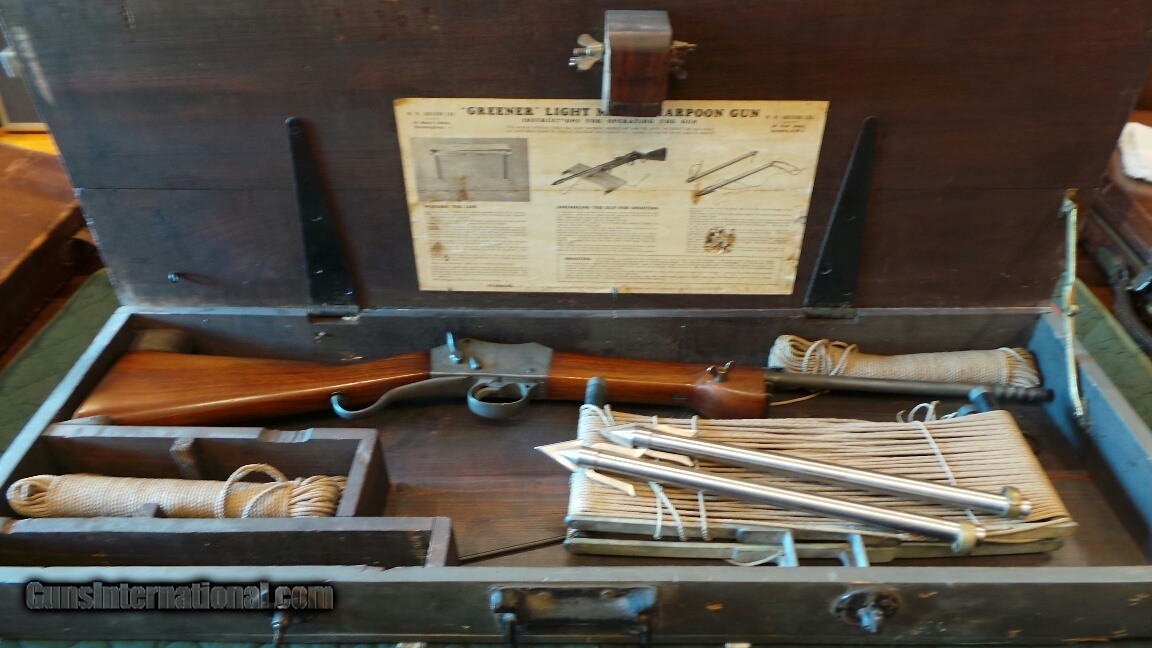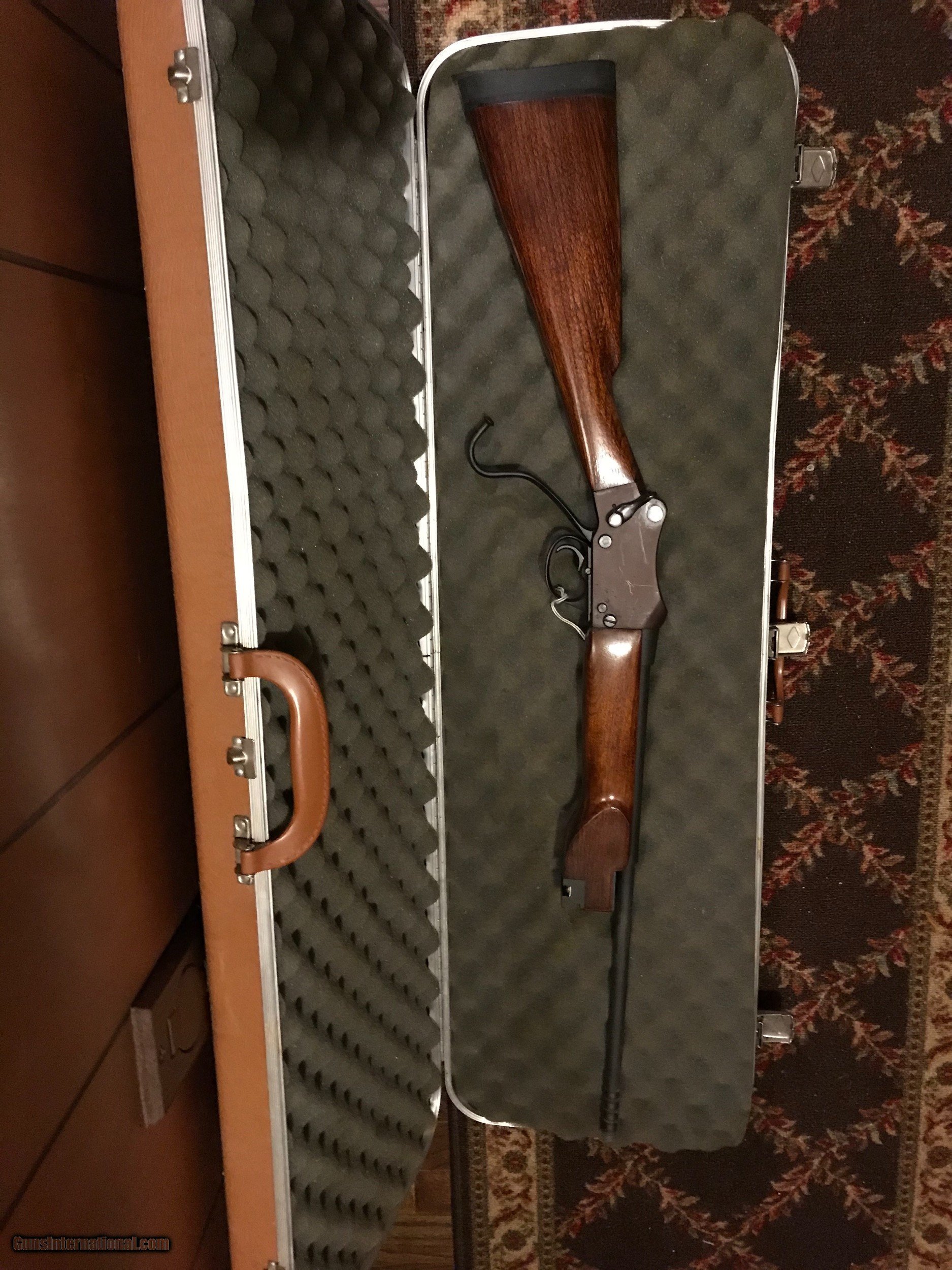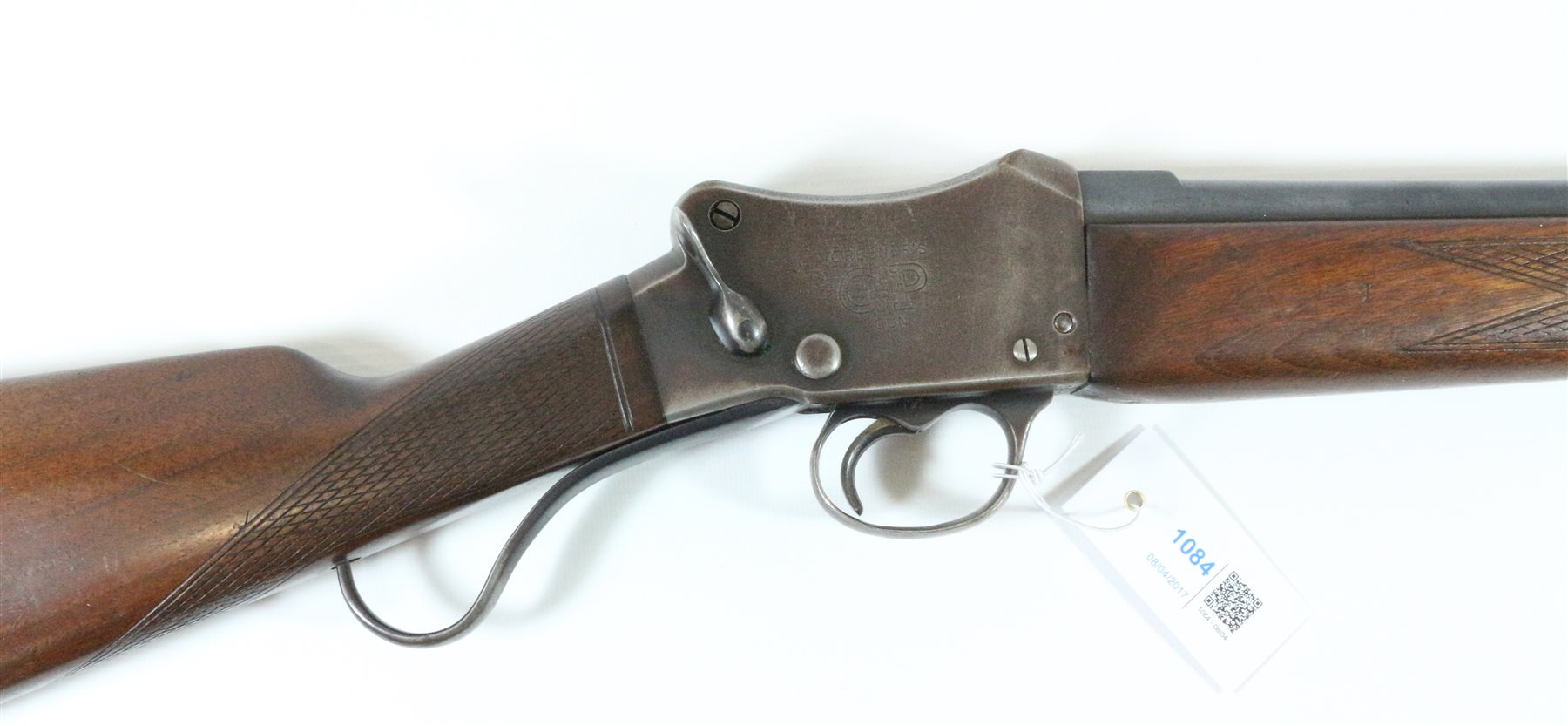

The harpoon-gun has been highly improved, and rendered capable of throwing a harpoon near forty yards with effect yet, on account of the difficulty and address requisite in the management of it, and the loss of fish, which, in unskillful hands, it has been the means of occasioning, together with some accidents which have resulted from its use, - it has not been so generally adopted as might have been expected. This premium, however, though it has been frequently offered, has been seldom claimed. Since the year 1792, they have generally been in the habit of offering a premium of 10 guineas, to the harpooner who should shoot the greatest number of whales in one season, not being less than three.

In 1820 William Scoresby wrote:īetween 17, the Society of Arts gave in premiums to whalefishers, and to artisans for improvements in the gun and harpoon, the sum of 350 l or 400 l In one year only, (1791), they paid 36 guineas as premiums, to twelve persons, who had been successful in the use of the harpoon-gun. There was no real attention given to swivel guns until the Royal Society of Arts in England, after witnessing experiments with the guns in 1772, offered awards for improvements to the gun and harpoon in an effort to promote the idea. Staghold's Gun and Harpoon, Awarded a prize by the Royal Society of Arts, 1772. As Anderson stated, they were only useful in calm weather. The early swivel guns were flintlocks, and any weather would get the powder in the flash pan wet. Elias Bird and partners, two years after, out of the three whales brought home, two of them were said to be killed by that new-invented gun. And although the foreign harpooneers could not easily be brought to use them, as being out of their usual method yet in a ship, fitted out by Mr.


They were chiefly adapted to a calm season, and were scarcely practicable in blowing weather, which mostly happens in the Greenland seas. Adam Anderson of Dublin, Ireland wrote in Anderson's Historical and Chronological Deduction of the Origin of Commerce, (1790):Īt the company's dock there had at this time been invented a new sort of gun for shooting with gunpowder the harpoons into the bodies of whales, at a greater distance than the harpoons could be thrown by hand and the ships were accordingly provided with some of them, which were used both in this and the next year's fishery, with some success. The gun, mounted in the bow of the whaleboat, was called a swivel gun because it was secured on a swivel mount to allow turning it for aiming. The solution to this problem was thought to be shooting a harpoon from a gun into a whale. This was especially true in the northern fisheries where ice often prevented a close approach. It was not always possible to approach a whale close enough to dart a harpoon into it. Whaleboat with Greener swivel gun mounted (Scammon, The Marine Mammals of the North-western Coast of North America, 1874) Swivel Guns and Irons Whalecraft Whaling Whalesite


 0 kommentar(er)
0 kommentar(er)
